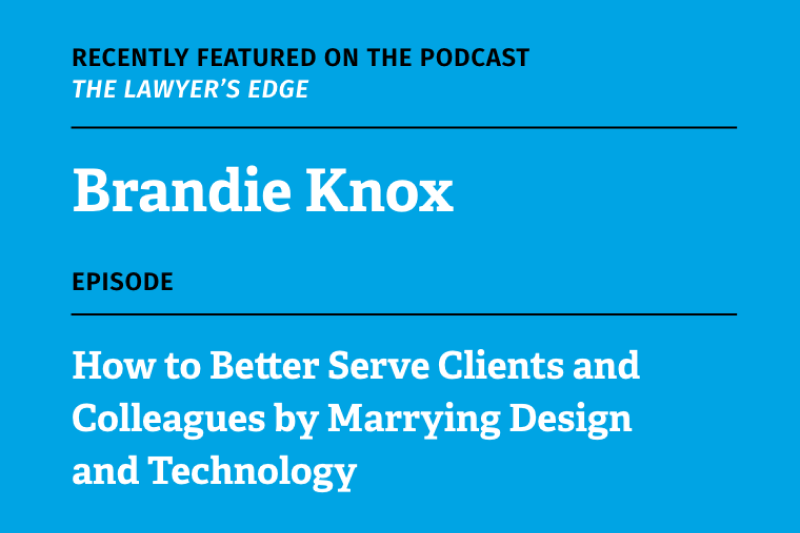

Years ago, during a short stint as an assistant professor at East Carolina University, I had one simple rule for my design students.
Each class, students would present creative work, showcasing their concepts and sketches at various stages of completion. The rest of the class would have the opportunity to offer a peer critique. They could contribute feedback, ideas, questions, or points of contention.
What they couldn’t contribute? The word “like.”
The word “like” was not permitted in my classroom. It wasn’t helpful. It wasn’t constructive. And it didn’t generate creative resilience.
“But, why?” I’d ask students who insisted they simply liked (or didn’t like) a design.
It turns out my heart was neither in teaching nor in North Carolina. So, I moved to New York City and eventually started a design business. Now, the people I work with are adults who are more eager to share their viewpoints than students are – which is great. However, just as it did in the classroom, I find that “like” keeps popping up again and again.
Let’s say a client engages our studio to solve a branding, marketing, user experience, or communications problem. Our team completes a thorough discovery phase, works through potential solutions, and drafts concepts that are based on a mutually agreed creative brief. When it’s time to share it with the client for feedback, what do we often hear?
“I like it.”
“I don’t like this part.”
“I think the stakeholders will like it.”
This is where I have to be brutally honest: what you like or dislike is irrelevant to the success of the design.
That may seem harsh, but hear me out.
As a teacher, I learned some incredibly valuable skills. It expanded my ability to mentor and collaborate, leading to over 14 years managing teams of creatives. These skills serve me especially well when working with clients, such as marketing teams, attorneys, brand managers, or executives who have never been through the design process before. They’re maybe answering to a CMO or leadership team, and are eager to ensure that the creative solutions will strike a chord with those stakeholders. Unlike when my students shared their designs in class, there are real consequences for our clients’ teams, their businesses, and even themselves individually.
It’s my job to educate our clients throughout the process, to help them feel comfortable and ensure they’re not intimidated by the collaborative part of the design process. That includes eliminating the word “like” from their vocabulary. Although today’s critiques come in the form of a Zoom call or a conference room, we still hear a lot of these phrases. But liking the final design is not the end goal. “Like” and “don’t like” are subjective opinions influenced by one’s personal feelings and aesthetic preferences. For our clients looking to make impactful and lasting changes to their brand, “like” and “dislike” have no place in the conversation.
When someone defaults to what they like, suddenly the entire discovery process has been discarded (or as my Southern grandma would say, “thrown right out the window.”) What happened to all the goals and objectives we agreed upon? What about the creative brief? What about the documentation gathered in the discovery process? What about the research on audience, competitors, objectives, tone, voice and approach?
The best insurance that your final design will be the best solution is a collaborative design process with productive feedback.
So, here’s a roadmap to providing constructive feedback to your design team:
First, discuss the concrete reasons that this solution was chosen. Look back at the project’s criteria, as outlined and documented in the creative brief or strategy report, before beginning the creative process or feedback loop.
Identify how the final design solution meets the needs addressed in this initial research, and where you have questions about how the design meets those criteria.
You have two main questions to ask yourself during a design critique. Keep in mind that we’re focusing on taking the business in the right direction, rather than taking people’s personal preferences into account.
1. Will these design concepts resonate with the intended audience or end user?
2. Are these solutions aligned with our agreed upon objectives
The project is a go! Next steps will likely include additional modifications to the concept, like further color exploration or other minor design adjustments.
Well, this feedback needs to be appropriately articulated in regard to the initial criteria outlined and agreed upon. This way, both parties can rally around your shared objectives.
Take the creative brief and review it together. And if the design concept doesn’t “speak to you,” keep in mind that perhaps it isn’t supposed to speak to you, specifically. While you may be responsible for evaluating and even approving the work, you may not be the intended audience.
In summary, it’s crucial to give your design team relevant feedback – not subjective opinions – in order to successfully refine the concepts for your clients, prospects, or recruits. Be sure to measure every idea, solution, and action against the criteria you established at the beginning of the project.
But, please, for the project’s sake, don’t just say you like (or don’t like) it. 😉



